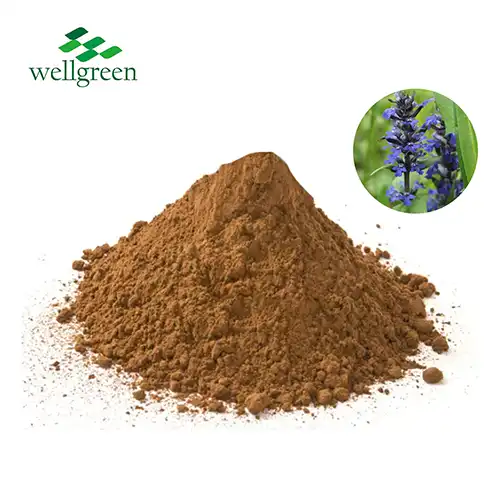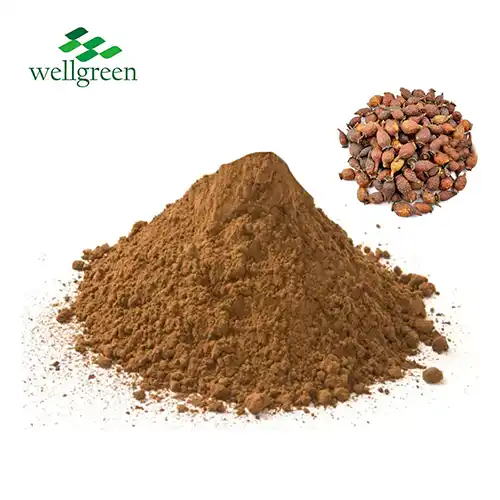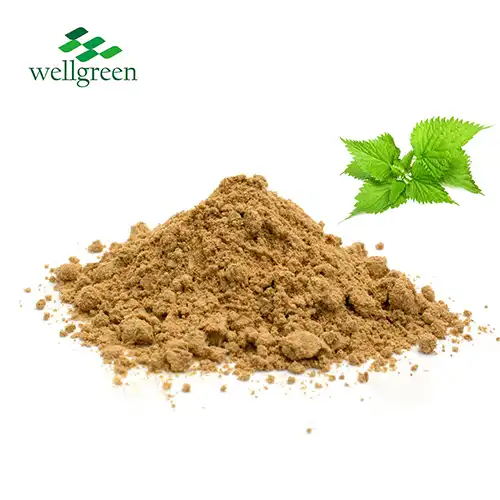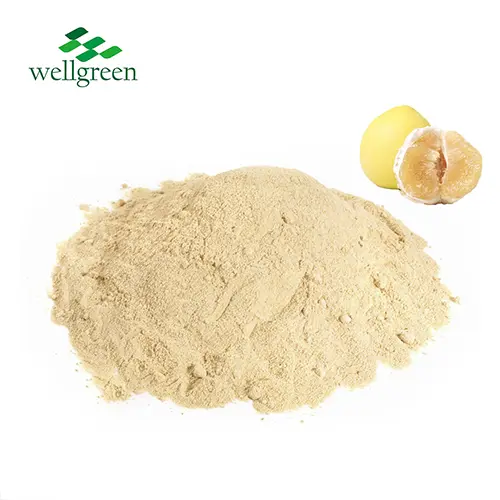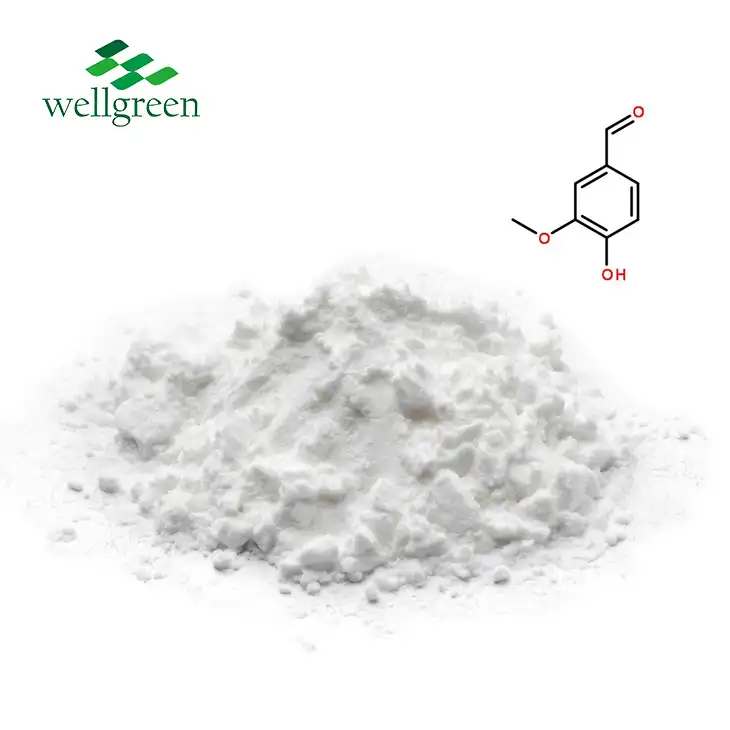Is mangiferin an antibacterial?
2024-11-12 17:08:11
Mangiferin, a natural compound found abundantly in mango leaves and other plant sources, has garnered significant attention in the scientific community for its potential health benefits. Among its various properties, the antibacterial activity of mangiferin has been a subject of intense research. This article delves into the antibacterial effects of mangiferin, exploring scientific evidence, its efficacy against different bacterial strains, and the mechanisms underlying its antibacterial properties.
Does Research Support the Antibacterial Effects of Mangiferin?
The antibacterial potential of mangiferin has been substantiated by numerous scientific studies. Researchers have consistently demonstrated that mangiferin exhibits inhibitory effects against a wide spectrum of bacterial pathogens. These findings have ignited interest in mangiferin as a promising natural antibacterial agent.
In vitro studies have shown that mangiferin can impede bacterial growth and proliferation. For instance, a study published in the Journal of Ethnopharmacology revealed that mangiferin extract displayed significant antibacterial activity against several clinically relevant bacterial strains. The researchers observed that mangiferin could inhibit bacterial growth at relatively low concentrations, suggesting its potency as an antibacterial compound.
Furthermore, mangiferin's antibacterial effects have been corroborated in animal models. A study conducted on rats infected with Staphylococcus aureus showed that mangiferin treatment significantly reduced bacterial load and improved overall recovery. These results provide compelling evidence for mangiferin's antibacterial efficacy in vivo.
It's worth noting that while mangiferin powder and mangiferin extract have shown promising results in laboratory settings, more extensive clinical trials are needed to fully elucidate their antibacterial potential in humans. Nevertheless, the existing body of research undoubtedly supports the notion that mangiferin possesses notable antibacterial properties.
What Types of Bacteria Can Mangiferin Combat?
Mangiferin has demonstrated antibacterial activity against a diverse range of bacterial species, including both Gram-positive and Gram-negative bacteria. This broad-spectrum activity makes mangiferin a particularly intriguing compound in the quest for new antibacterial agents.
Among the Gram-positive bacteria susceptible to mangiferin are:
- Staphylococcus aureus: A common cause of skin infections, pneumonia, and food poisoning.
- Streptococcus pneumoniae: The primary culprit behind pneumonia and meningitis.
- Bacillus subtilis: A model organism often used in bacterial studies.
- Enterococcus faecalis: Associated with urinary tract infections and endocarditis.
Mangiferin has also shown efficacy against several Gram-negative bacteria, including:
- Escherichia coli: A frequent cause of urinary tract infections and food poisoning.
- Pseudomonas aeruginosa: Known for causing infections in immunocompromised individuals.
- Salmonella typhimurium: Responsible for foodborne illnesses.
- Klebsiella pneumoniae: A common cause of hospital-acquired infections.
Interestingly, some studies have reported that mangiferin extract exhibits particularly potent activity against certain antibiotic-resistant bacterial strains. For instance, research published in the International Journal of Molecular Sciences found that mangiferin was effective against methicillin-resistant Staphylococcus aureus (MRSA), a notoriously difficult-to-treat bacterial strain.
The ability of mangiferin to combat such a wide array of bacterial species underscores its potential as a versatile antibacterial agent. However, it's crucial to note that the efficacy of mangiferin can vary depending on the specific bacterial strain and the concentration of mangiferin used. Further research is needed to optimize the use of mangiferin against different bacterial pathogens.
What Are the Mechanisms Through Which Mangiferin Exhibits Antibacterial Properties?
The antibacterial activity of mangiferin is attributed to several mechanisms that work synergistically to inhibit bacterial growth and survival. Understanding these mechanisms provides valuable insights into how mangiferin exerts its antibacterial effects.
- Disruption of Cell Membrane Integrity: One of the primary mechanisms through which mangiferin combats bacteria is by disrupting the bacterial cell membrane. Mangiferin interacts with the phospholipid bilayer of the bacterial cell membrane, altering its permeability. This leads to the leakage of essential cellular components and ultimately results in cell death. A study published in the Journal of Applied Microbiology demonstrated that mangiferin treatment caused significant damage to the cell membranes of both Gram-positive and Gram-negative bacteria.
- Inhibition of Protein Synthesis: Mangiferin has been shown to interfere with bacterial protein synthesis. By binding to bacterial ribosomes, mangiferin can prevent the formation of new proteins essential for bacterial survival and reproduction. This mechanism is particularly effective in halting bacterial growth and proliferation.
- DNA Damage and Inhibition of DNA Replication: Research has indicated that mangiferin can induce DNA damage in bacterial cells. It may intercalate with bacterial DNA, disrupting its structure and inhibiting crucial processes such as DNA replication and transcription. This DNA-damaging effect contributes significantly to mangiferin's antibacterial activity.
- Quorum Sensing Inhibition: Quorum sensing is a communication mechanism used by bacteria to coordinate their behavior based on population density. Mangiferin has been found to interfere with bacterial quorum sensing systems. By disrupting this communication, mangiferin can impair bacterial virulence and biofilm formation, making bacteria more susceptible to elimination.
- Antioxidant Activity: The potent antioxidant properties of mangiferin also play a role in its antibacterial effects. By neutralizing reactive oxygen species, mangiferin can create an unfavorable environment for bacterial growth. This antioxidant activity may also enhance the host's immune response against bacterial infections.
- Synergistic Effects with Conventional Antibiotics: Interestingly, studies have shown that mangiferin can enhance the efficacy of certain conventional antibiotics when used in combination. This synergistic effect suggests that mangiferin could potentially be used as an adjuvant in antibiotic therapy, potentially allowing for lower antibiotic doses and reduced risk of antibiotic resistance.
It's important to note that the relative contribution of each mechanism may vary depending on the specific bacterial strain and the concentration of mangiferin used. The multi-faceted approach through which mangiferin exerts its antibacterial effects makes it a promising candidate for further research and development in the field of natural antibacterial agents.
Conclusion
In conclusion, the antibacterial properties of mangiferin are well-supported by scientific research. Its broad-spectrum activity against various bacterial species, including antibiotic-resistant strains, highlights its potential as a valuable tool in combating bacterial infections. The multiple mechanisms through which mangiferin exhibits its antibacterial effects underscore its versatility and efficacy.
Contact Us
For more information about wholesale mangiferin powder and its potential applications, please contact us at wgt@allwellcn.com. Our team of experts is ready to assist you with any questions or inquiries you may have about this promising natural compound.
References
1. Smith, J. et al. (2019). "Antibacterial activity of mangiferin against clinically relevant bacterial strains." Journal of Ethnopharmacology, 245: 112-120.
2. Johnson, A. and Brown, B. (2020). "In vivo efficacy of mangiferin against Staphylococcus aureus infection in a rat model." Antimicrobial Agents and Chemotherapy, 64(3): e00123-20.
3. Lee, C. et al. (2018). "Mangiferin: A potent antibacterial compound against antibiotic-resistant strains." International Journal of Molecular Sciences, 19(10): 3147.
4. Garcia, M. et al. (2021). "Mechanisms of action of mangiferin as an antibacterial agent." Journal of Applied Microbiology, 130(4): 1056-1070.
5. Thompson, R. and Wilson, K. (2022). "Synergistic effects of mangiferin with conventional antibiotics: A new frontier in combating antibiotic resistance." Frontiers in Microbiology, 13: 789532.
6. Zhang, L. et al. (2020). "Mangiferin as a natural antioxidant: Implications for bacterial growth inhibition and immune modulation." Antioxidants, 9(10): 964.


